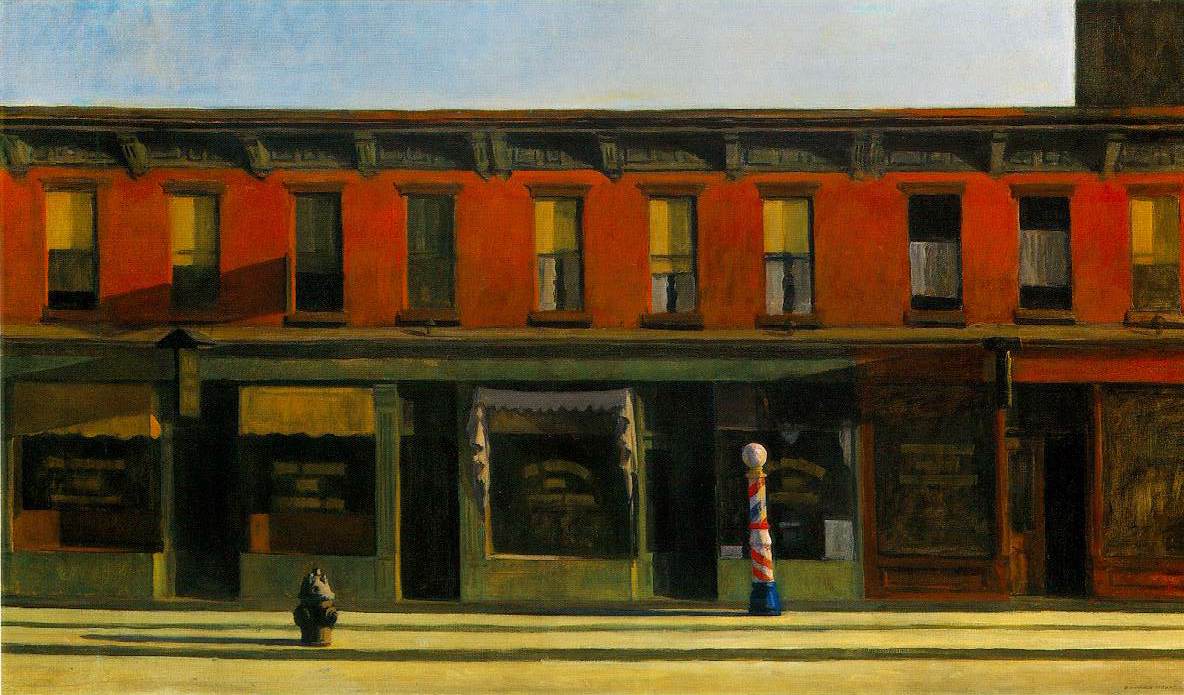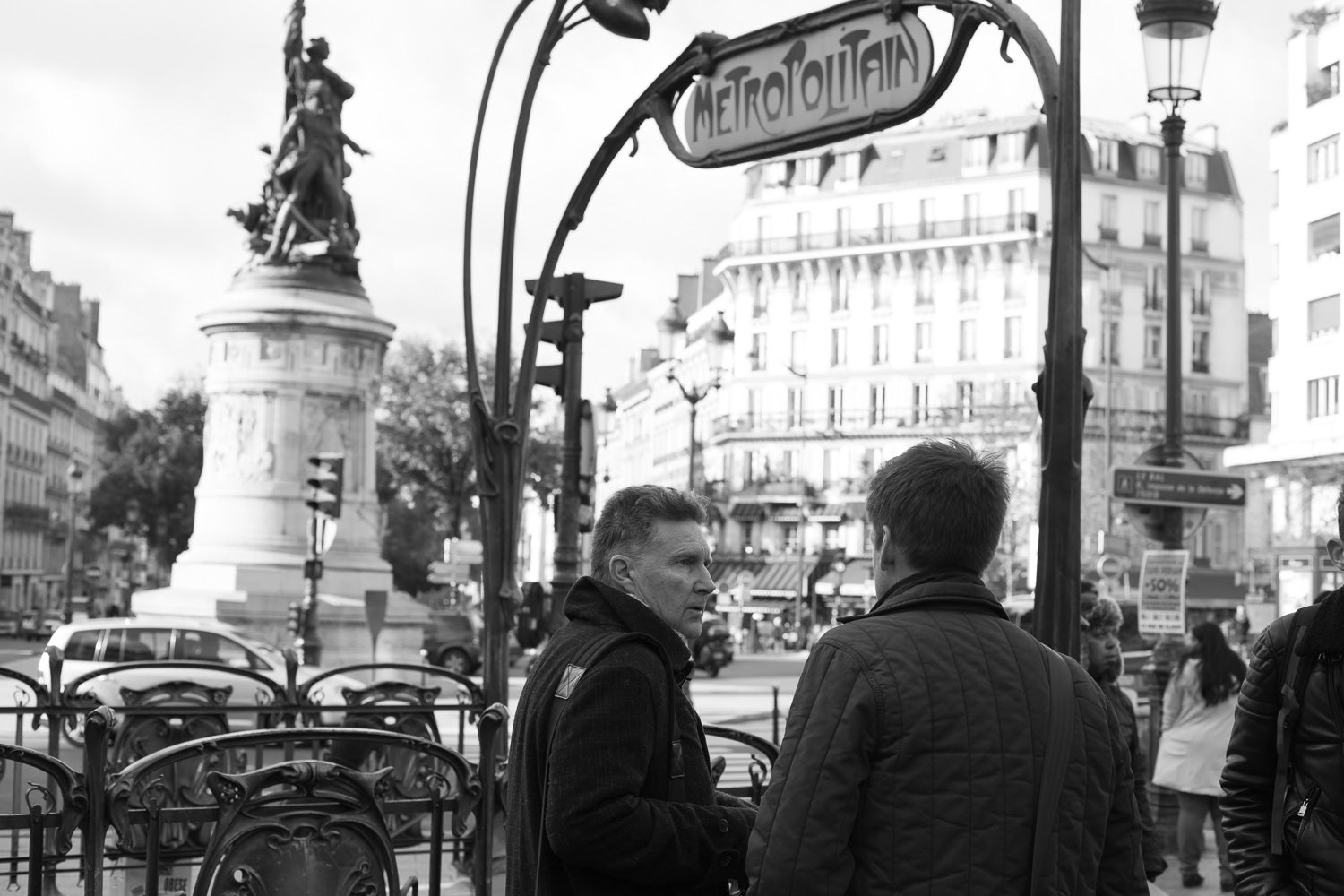
On hope
Two anecdotes:
One
Autumn of my junior year, University of Illinois, Econ 301 (Macroeconomics). The first words out of the professor’s mouth on the first day of class to a packed lecture hall:
“What drives the real economy?”
Silence, for a bit. Then, someone with courage: “Supply and demand.”
“No.”
Another guess: “Interest rates?”
“No. Interest rates reflect what I’m talking about. But no.”
“How about price elasticity, or cash liquidity?”
“No. You all are smart, but you know this stuff only in the way we in this department have taught you. Think about what it is that drives the economy.”
The professor is remarkably comfortable with the silence that in my memory lasts at least a couple minutes.
Finally, he says: “It’s hope.”
Two
Just a couple years ago, on a conference call with a doctor who treats HIV among homeless and indigent people in New York City. (I make my living working for marketing agencies. We were researching the use of a particular HIV medication.)
Doctor: “The med is effective. If the patient takes it as I prescribe it, they live. They’re not even going to pass the virus on.”
Me: “So why wouldn’t anyone take it every day?”
Doctor: “You have to realize that these are people for whom tomorrow doesn’t exist.”
And so . . .
I’m pretty well primed for this from the introduction to Art Can Help, the latest book from Robert Adams:
“It is impermissible any longer [in art] to endorse imitations that distract us or, openly or by implication, ridicule hope.” [The next sentence is one that’s perhaps not entirely necessary but nonetheless thoroughly satisfying: “The emptiness of material by Jeff Koons and Damient Hirst, for example, is born of cynicism and predictive of nihilism.”]
The reader familiar with Adams may be reminded of this, from Beauty in Photography: “The job of the photographer, in my view, is not to catalogue indisputable fact but to try to be coherent about intuition and hope.”
Not only to be hopeful, but to be coherent about it. Which is what my professor was saying: that people take precise, meaningful action because of a confidence about the future. We believe that things can – will – be better (or at least there, and ever rich in possibility) for ourselves and our kids and grandkids. Now, I don’t mean to say that there’s joy or anything like it necessarily inherent in, or attendant to, hope. (At times – perhaps like our current moment – hope may be expressed as just the barest optimism.) I think Adams may agree; about Edward Hopper’s Early Sunday Morning, he writes: “It is affirmative but does not promise happiness.”
In Econ terms, hope is why we tinker in the basement on an invention, or risk everything to build a railroad or invest in the resurrection of Polaroid film (and why we judge the riskiness of these sorts of hopes in the form of interest rates).
In terms perhaps closer to ours, it’s why we make the picture, or write the poem or the song. Past experience (the self) and the current moment (the world outside the self) come together in a creative moment that only exists because of our hope: because we realize the possibility of bridging self and not-self and making it communicable to others in the future.
And to give contour to the negative: Why do anything if the future is without meaning, without possibility? Why do any work in the absence of only the most immediate remuneration? For god’s sake, why even swallow a pill to keep yourself from dying?
Which leads us to courage . . .
I keep notes on all the stuff I’ve read, so when I needed the lines from Adams from Beauty, it was as simple as searching the Word doc for the word “hope.” Once I found what I needed, I searched on. Which led me to the something that it seems is required for hope. It’s courage.
Here’s Flannery O’Connor: “People without hope not only don’t write novels, but what is more to the point, they don’t read them. They don’t take long looks at anything, because they lack the courage. The way to despair is to refuse to have any kind of experience, and the novel, of course, is a way to have experience.”
I am somewhat chagrined to say that I hadn’t previously realized the full import of this thought. Particularly as a guy who’s on the record as liking to take long looks at things. Perhaps taking long looks also means taking long second looks.
But anyway, the lesson: Not only can’t you make pictures without having an idea of hope, you can’t even see such pictures properly. If a photograph is to be anything at all, it must be a possibility. And those without hope are those for whom there are no possibilities.
If you don’t believe Flannery, perhaps Lionel Trilling can more succinctly convince you: “The right to hope is earned by our courage in hoping.”
. . . And to a duty
Adams speaks with conviction, telling us what is impermissible. [Who else addresses us in this way in these times? We need more of this.] When our leaders offer fantasies as hope and falsehoods as courage, we have an obligation to express – each in our own way – that such institutional nihilism is unacceptable. It is impermissible. Not only as politics, but as life, as Adams tells us:
Art that can convincingly speak through form for significance bears upon the problem of nihilism and is socially constructive. Restated, photography as art does address evil, but it does so broadly as it works to convince us of life’s value; the darkness that art combats is the ultimate one, the conclusion that life is without worth and finally better off ended . . .
We have the duty to find value in life, to be hopeful. But it will take courage.


